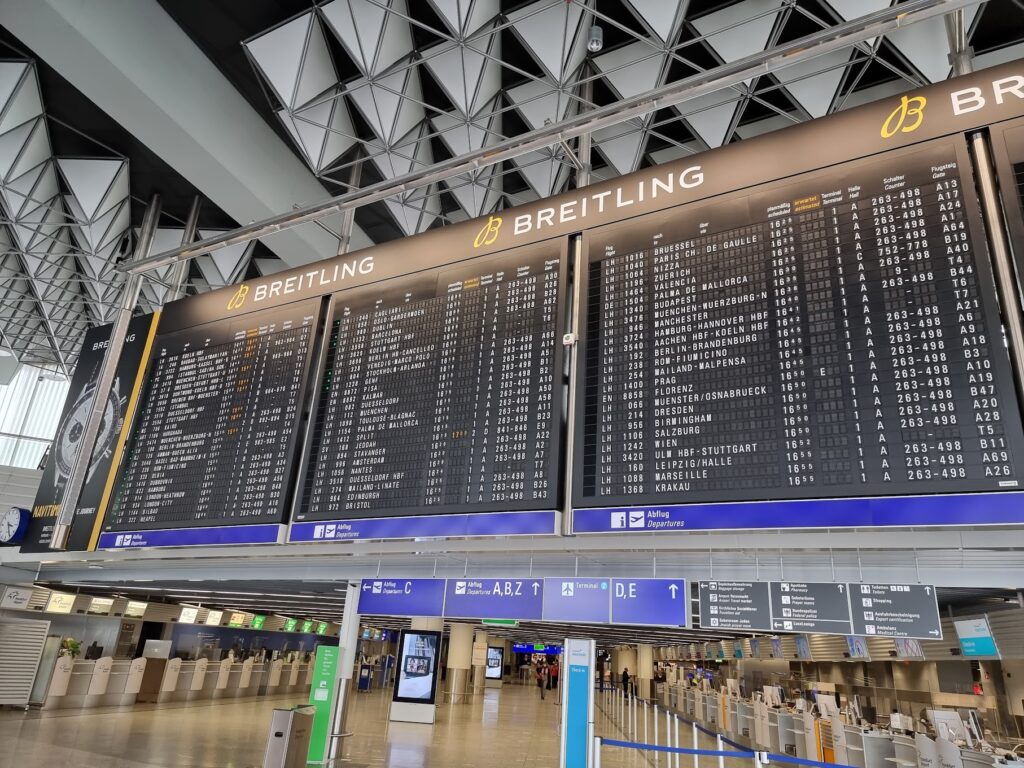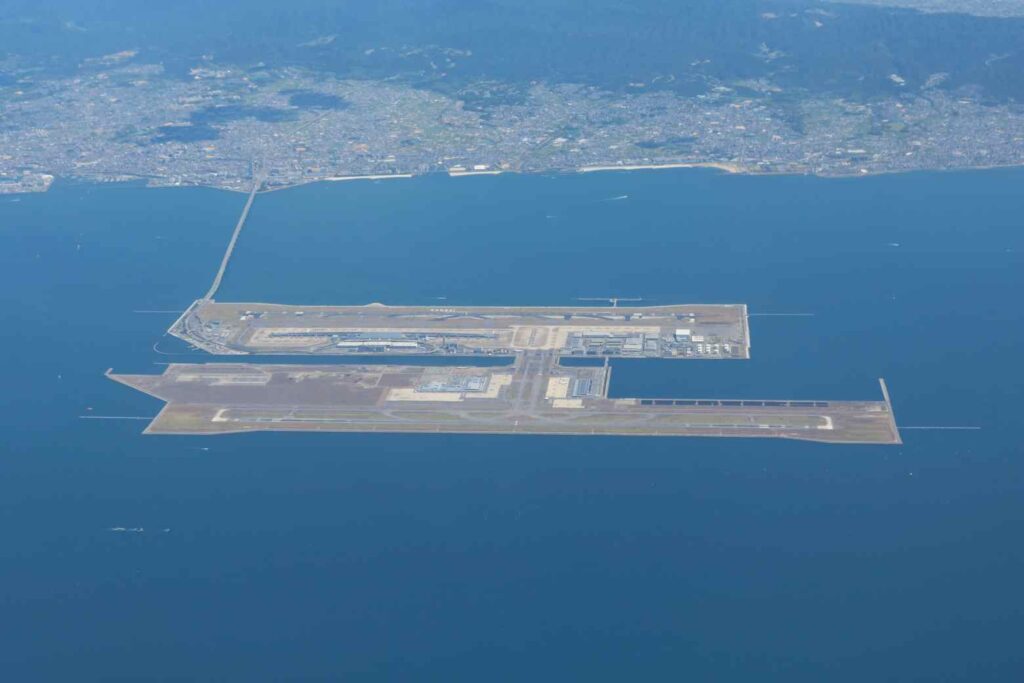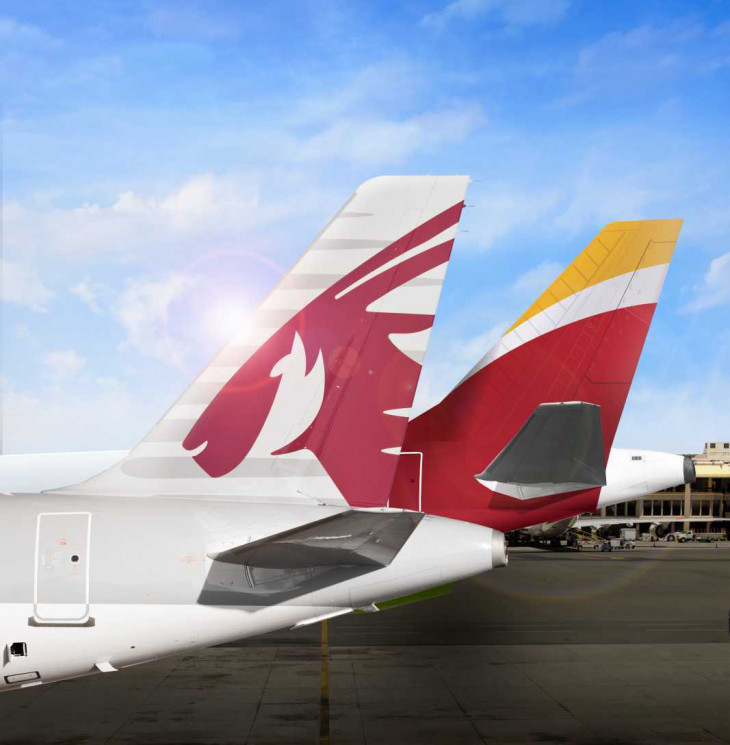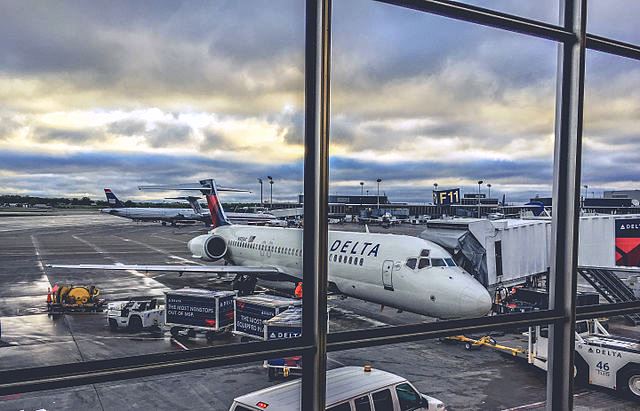Gelephu International Airport is set to become Bhutan’s next major travel gateway, marking a pivotal shift for the country’s tourism and transportation landscape. Designed by the renowned Bjarke Ingels Group (BIG), the new airport introduces a visionary approach to architecture in the Himalayas—one that blends functionality, sustainability, and cultural identity.
Currently, nearly all international visitors to Bhutan arrive through Paro International Airport, located near the capital, Thimphu. But Paro’s mountainous terrain, unpredictable monsoon winds, and lack of runway lighting limit it to a few short-haul flights per day from neighboring Asian cities. In contrast, Gelephu’s flatter land and lower elevation offer ideal conditions for longer runways and bigger aircraft, which could dramatically expand Bhutan’s access to the world.
BIG’s design for the airport features a series of wooden, diamond-shaped structures that are modular by nature. This means the airport can easily be updated or expanded as needed—an innovative move for a small country embracing sustainable development while planning for growth. With 731,946 square feet of space, Gelephu International Airport will be able to handle 123 flights a day and accommodate up to 1.3 million passengers per year.
That’s a major step up for a country that welcomed just over 300,000 tourists in 2019. It also signals that Bhutan is preparing for a new era in global connectivity, without compromising its environmental and cultural values.
Strategically located near the border with India, Bhutan’s largest trading partner and diplomatic ally, the new airport also strengthens ties between the two countries. The site’s location opens up possibilities for future road and rail links, making Gelephu a key part of a broader transportation vision for southern Bhutan.
While the official opening date for Gelephu International has yet to be announced, the unveiling of these architectural plans provides the clearest view yet of how Bhutan intends to modernize its infrastructure. This airport could be the key to unlocking opportunities far beyond its runway from tourism to trade.









